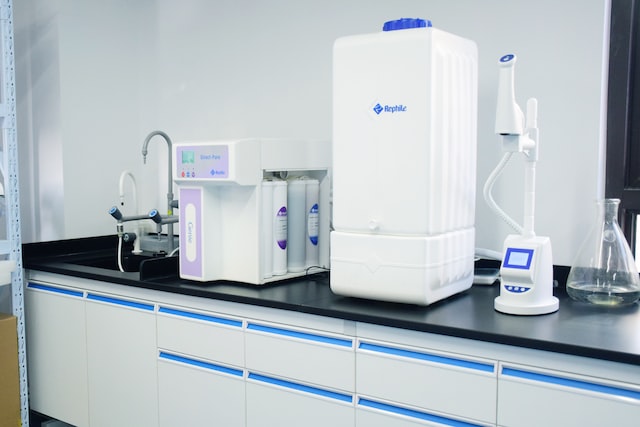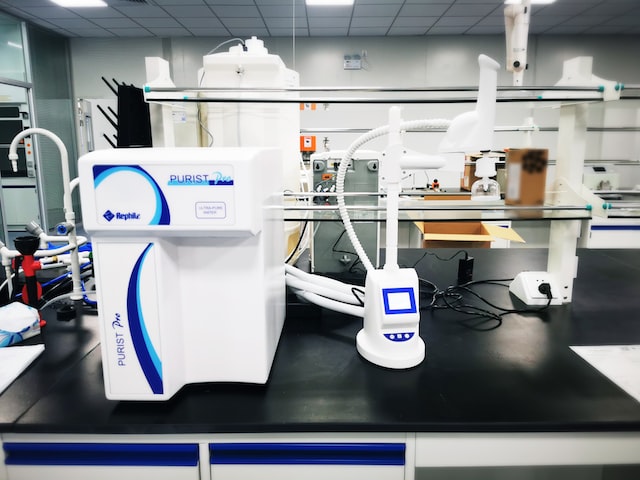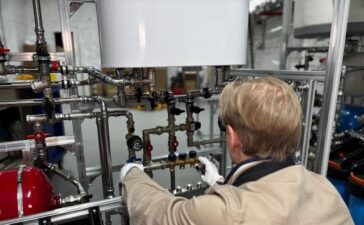Water filtration can remove so many harmful substances from the water such as impurities and contaminants. There are different types of filtration media used depending on which contaminant is to be removed and the condition of the drinking water in your area. You also have to consider the concentration of contaminants present in the water. This can be done by testing your water.
A common filtration media is sand and this is used in many water treatment processes. Sand can remove large particles from the water whether it is sediment or debris. Sand contains small particles of silica, quartz and a variety of other minerals. You can get an idea of different grades of sand by visiting riversands.com.au. In addition to treatment plants, you can also find sand filters used in industrial applications and swimming pools. You can find gravel being used alongside sand to further improve the efficiency of water filtration. Gravel has larger particles and it generally contains stones and rocks. These can be used to remove larger particles such as sand and silt. This is generally used in commercial water treatment plants and industrial applications.

Activated carbon is another common filtration media that is used both in industrial and residential settings. Activated carbon has a high porosity and this is critical at remove organic impurities like solvents, pesticides and other types of chemicals. When you heat materials that have a high percentage of carbon like coconut shells, coal and wood in an environment without oxygen, it can create a very porous surface area. For removing turbidity in water, you can use anthracite which is made up of coal and is used in treatment plants mostly. To remove heavy metals and ammonium, you can use a naturally occurring mineral called zeolite. This has a high surface area and a cation exchange capacity. You can find this filtration media in household water filtration systems. A type of filtration media you will find in household water softening systems is ion exchange resins and it will remove minerals like iron, magnesium and calcium dissolved in water. They exchange the ions in the water with the ions that are present in the resin.

You may have come across ceramic filters when you are shopping for household water filtration systems. And ceramic also has a high porosity which is a common property in many filtration media. Ceramic can remove microorganisms like bacteria and protozoa in the water by trapping these contaminants within the small pores in the material. Another filtration system that you may have heard of is the reverse osmosis membrane. This is commonly seen in residential water filtration systems and it forces water through a semi-permeable membrane leaving dissolved solids such as minerals and other contaminants behind. Ultrafiltration membranes are similar in function to the reverse osmosis membrane. But this membrane has a larger pore size so it focuses on removing larger particles from the water such as bacteria, colloids and viruses. If you want to remove chlorine and heavy metals from water, you can look into KDF which is a type of granular filtration media made of copper and zinc granules. These are also used in shower filters.





